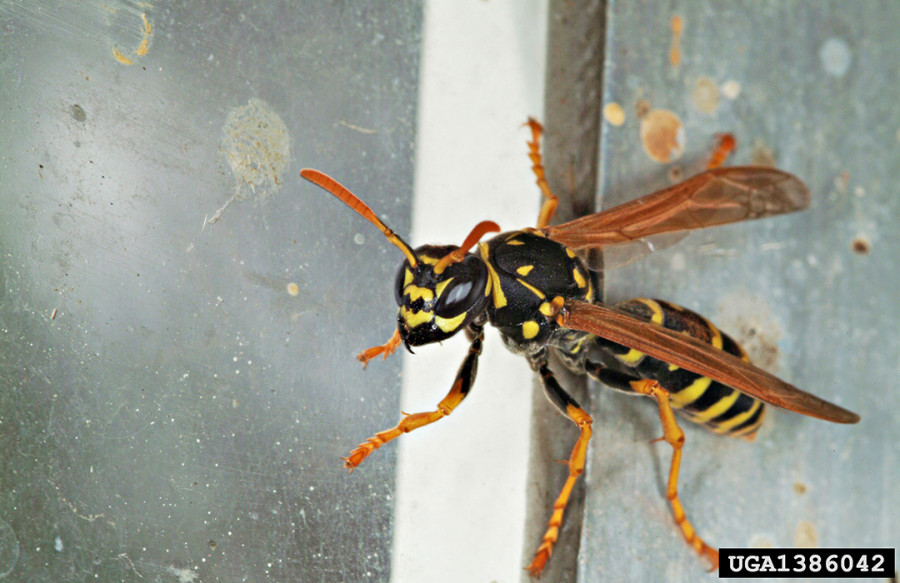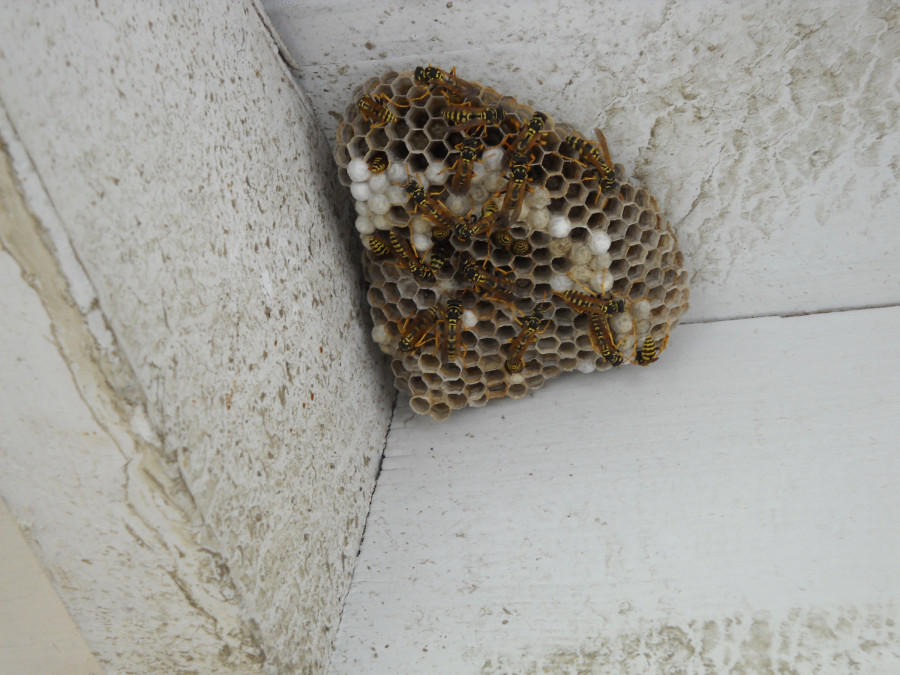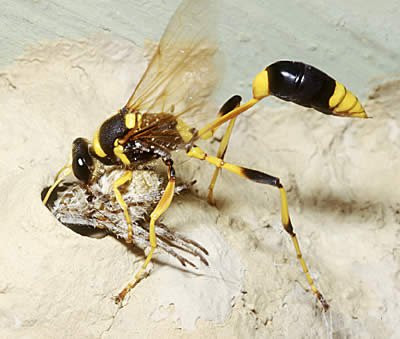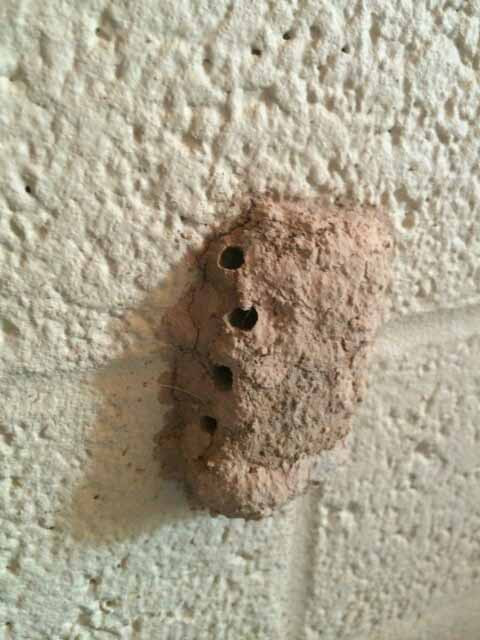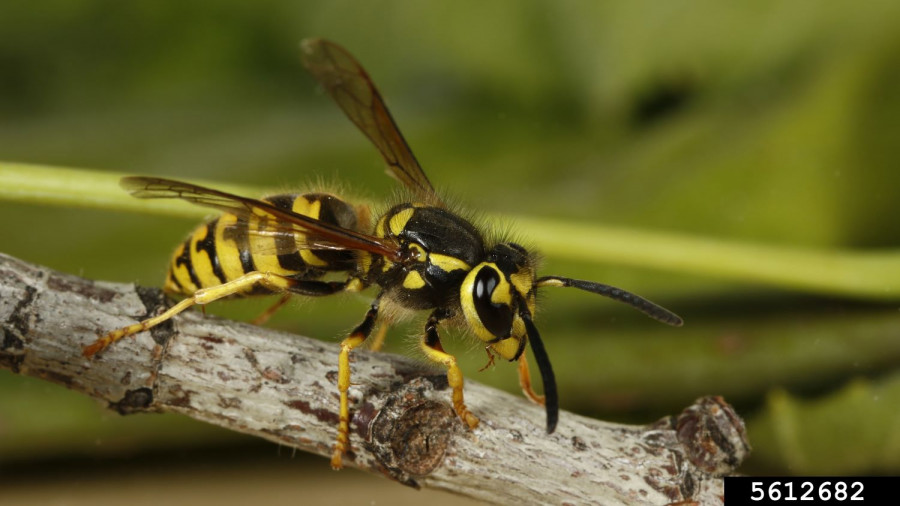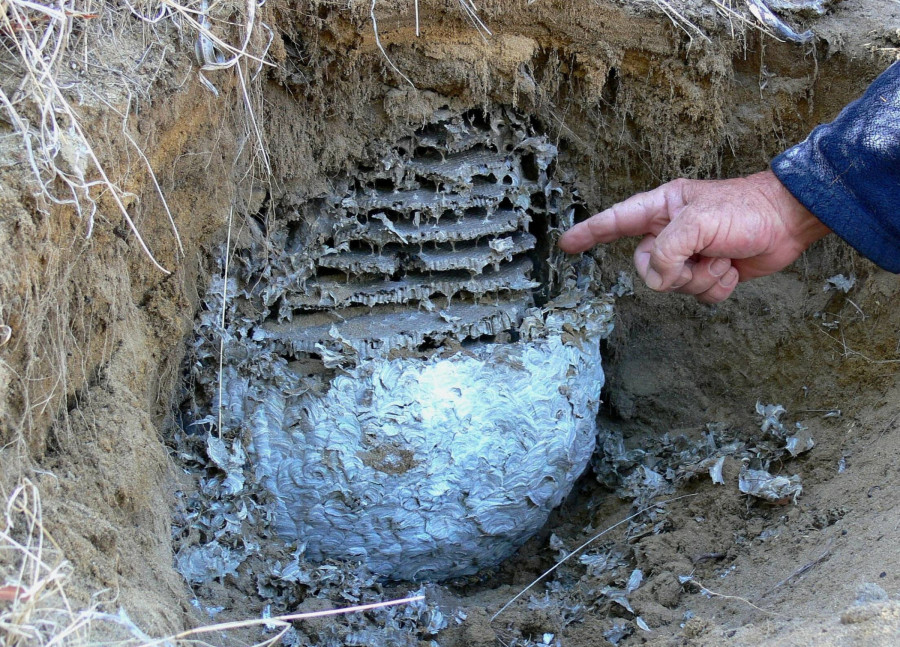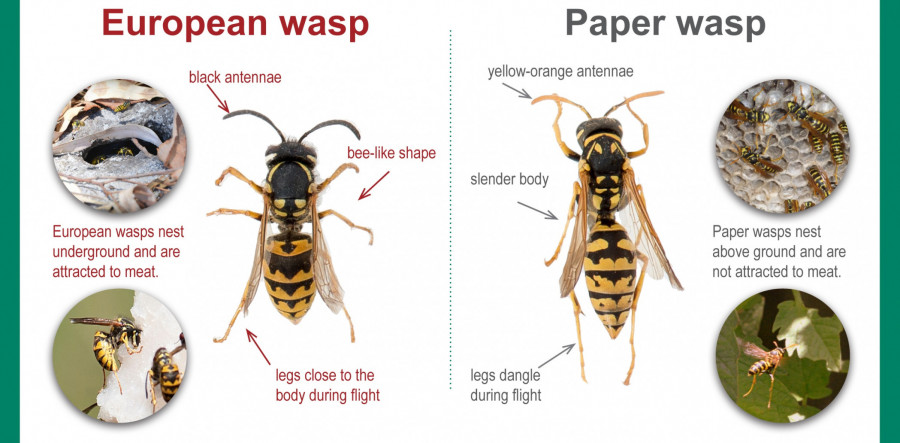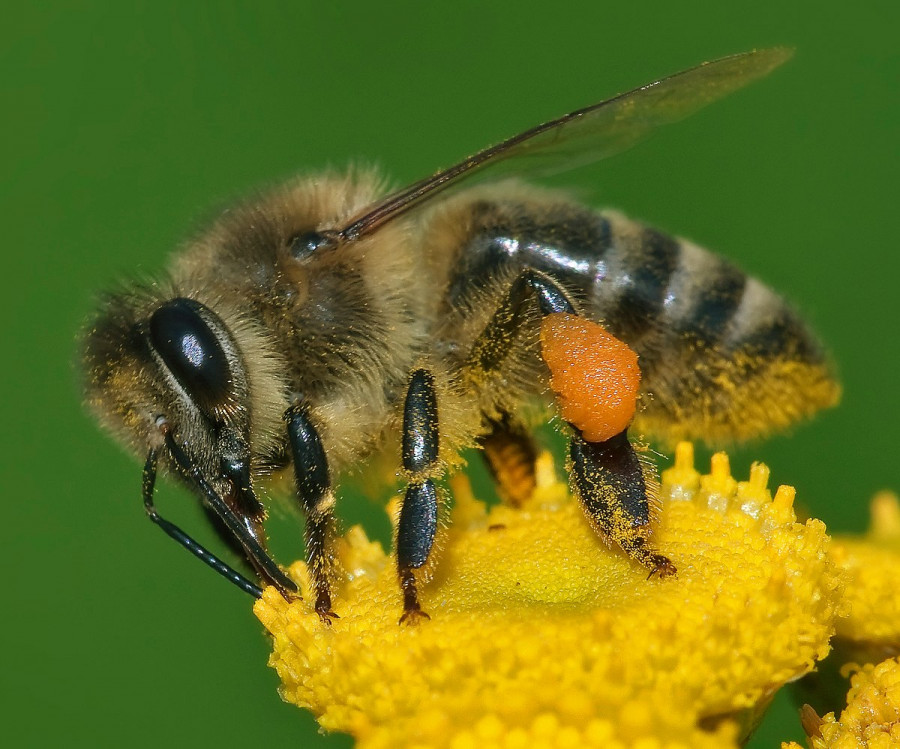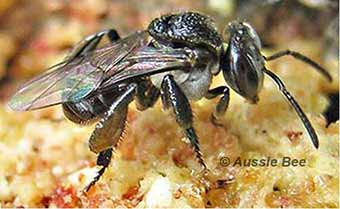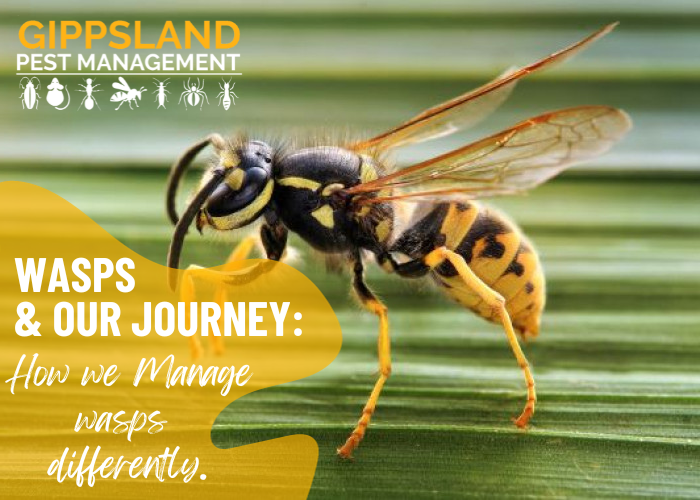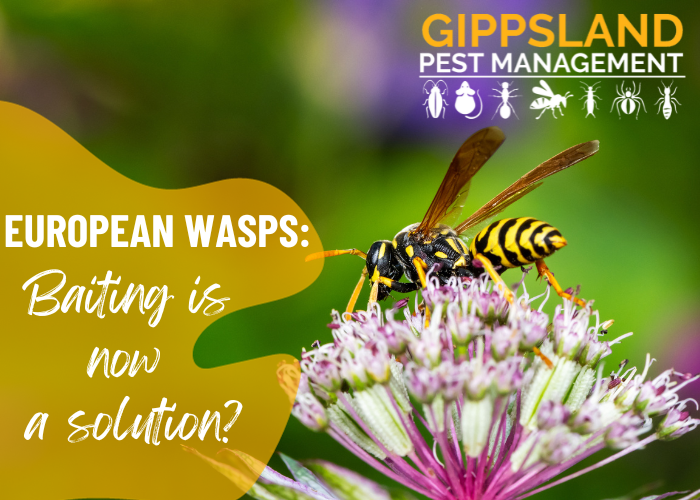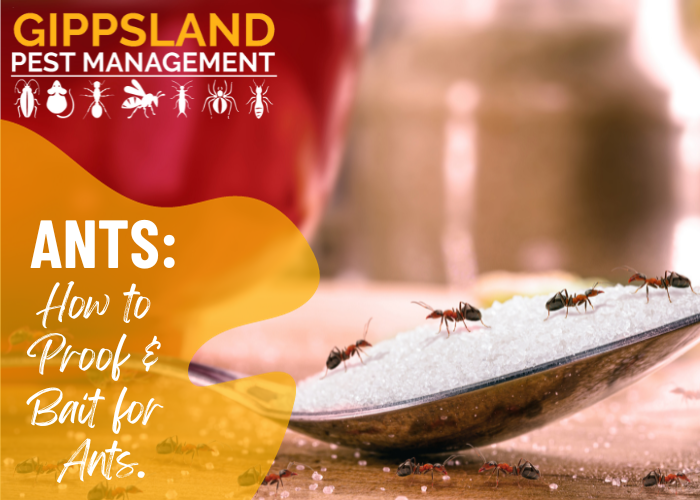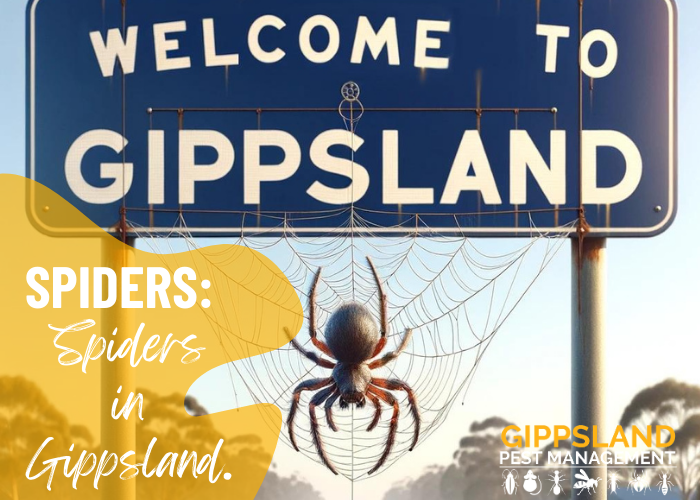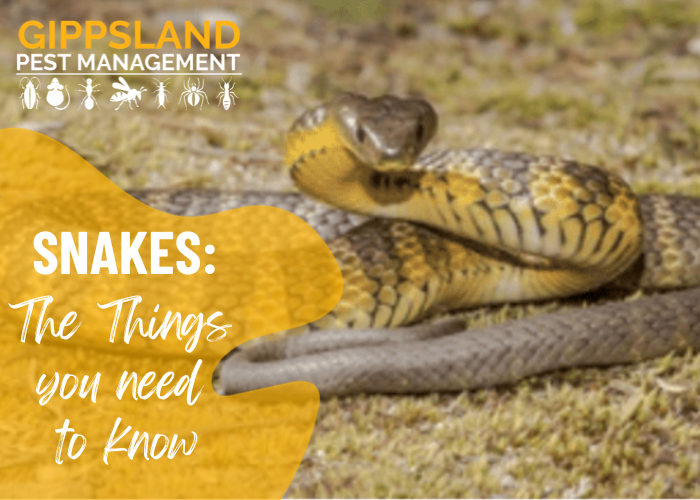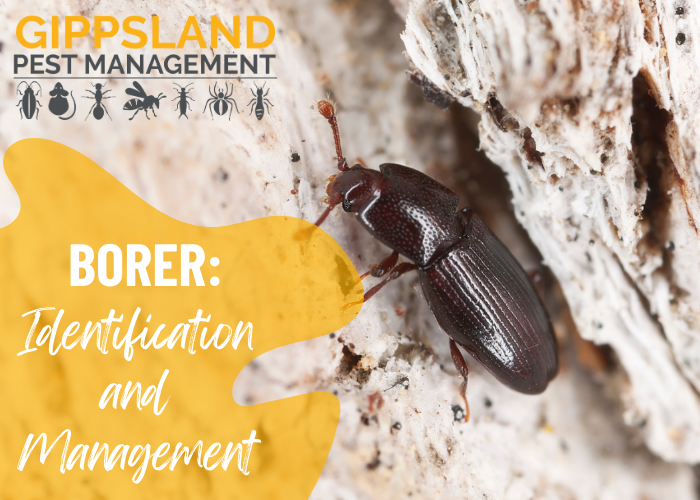Wasps and our journey on how we manage them differently at Gippsland Pest Management
In 2019, the European wasp population in the Gippsland region was one of the worst seasons the area had experienced. This was mostly due to winter seasons that were drier than usual and a very hot...
European Wasps, Baiting is now a solution?
The European Wasp, a well known pest is baiting now a solution? European Wasps were first introduced to Tasmania in 1959 and was discovered on mainland Australia in 1977. European wasps are an...
Navigating the Eight-Legged World: A Guide to Spiders in Gippsland
Gippsland towns like Warragul, Traralgon, Moe, and Morwell boast picturesque landscapes, outdoor activities, and a rich natural environment with abundant wildlife. One facet of this diverse...
Things you need to know about Snakes
Snakes have an important role in the natural environment being a predator whilst also being prey for other animals. They are a fascinating group of animals that have evolved over 360 million years...

